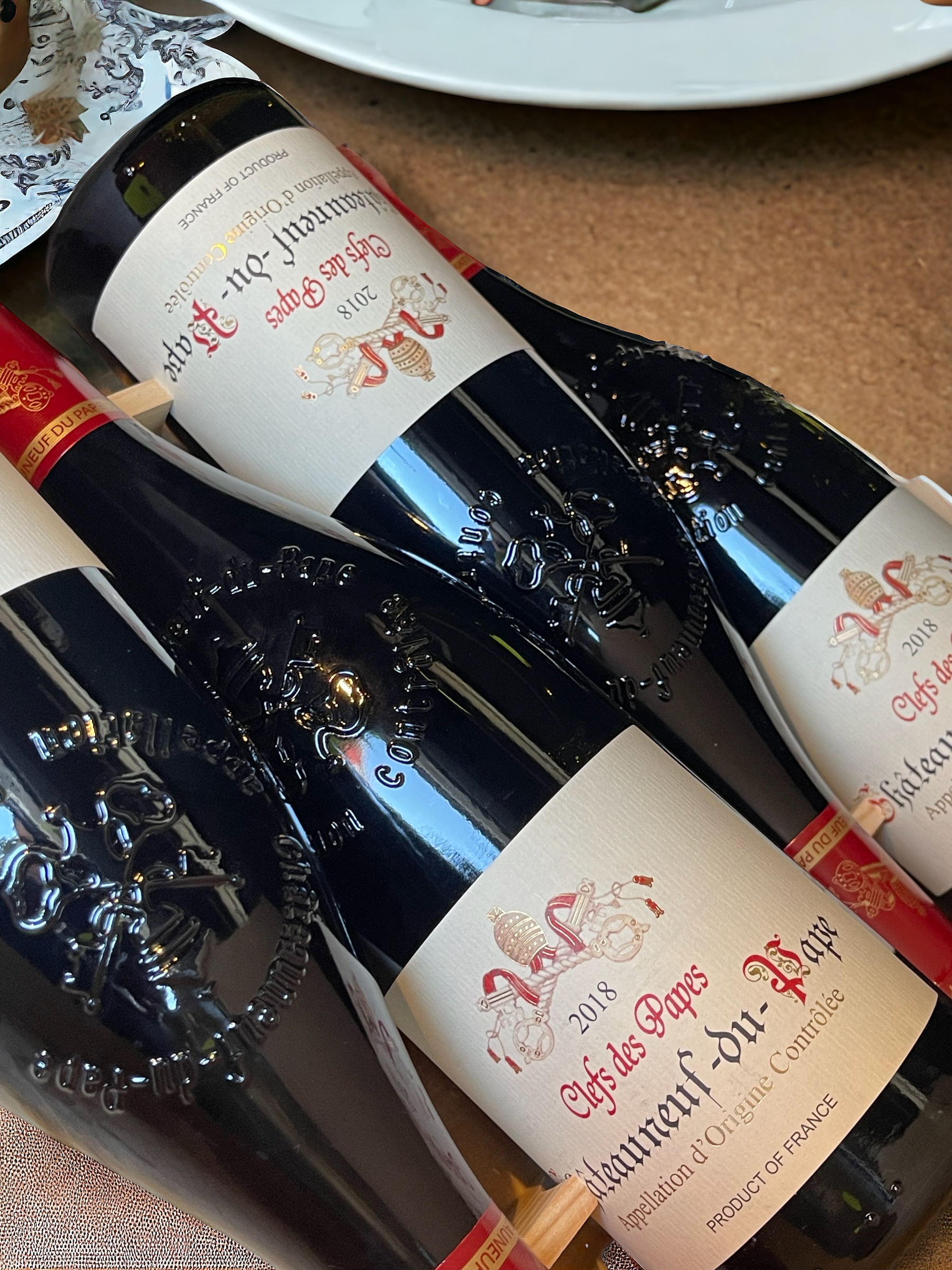Châteauneuf-du-Pape isn’t bone-dry but has subtle sweetness adding balance to its bold character. It technically falls within “dry” limits but this nuanced touch of sugar enhances complexity, playing off tannins and acidity. Explore blends & vintages to discover your perfect dryness level & embrace the full symphony of flavors, not just the “dry” label.
Unveiling the Secrets of Châteuneuf-du-Pape: Dry Delight or Fruity Fantasy?
The allure of Châteauneuf-du-Pape lies in its enigmatic charm, a tapestry woven from bold flavors, sun-drenched Rhône Valley vineyards, and whispers of ancient papal history. But amidst the mystique, one question often arises: Is Châteauneuf-du-Pape a dry wine?
The answer, like the wine itself, reveals a rich complexity. Unlike many red wines categorized as “dry,” Châteauneuf-du-Pape isn’t bone-dry, lacking all residual sugar. It dances on the edge, boasting a subtle sweetness that adds depth and balance to its powerful character.
Unraveling the Dryness Spectrum:
Technically Dry: In terms of technical measurements, most Châteauneuf-du-Papes fall within the legal definition of “dry,” featuring residual sugar levels below 4 grams per liter. This means the fermentation process has converted most of the grape sugars into alcohol.
Subtle Sweetness: However, residual sugar isn’t just a number. In Châteauneuf-du-Pape, even small amounts can play a significant role. This nuanced sweetness isn’t meant to be tasted on its own, but rather acts as a subtle counterpoint to the wine’s pronounced tannins and acidity, creating a harmonious balance on the palate.
Exploring the Grape Symphony:
The dryness spectrum also varies depending on the specific grapes used in a Châteauneuf-du-Pape blend. Grenache, the dominant grape, contributes vibrant fruit and moderate tannins, while Mourvèdre adds power and structure. Syrah, in smaller quantities, offers elegance and depth. Each grape variety plays a role in shaping the overall dryness and flavor profile.
Vintage Variations:
Even within the same style, vintage variations can influence dryness. Warmer years tend to produce riper grapes with potentially higher residual sugar, while cooler vintages may reveal a leaner character with slightly more pronounced tannins.
Beyond the Dryness Debate:
Ultimately, focusing solely on dryness risks missing the true essence of Châteauneuf-du-Pape. This wine is a vibrant celebration of terroir, grape varietals, and skillful winemaking. Its appeal lies in its richness, complexity, and harmonious balance, where a touch of subtle sweetness acts as a supporting player rather than the star of the show








